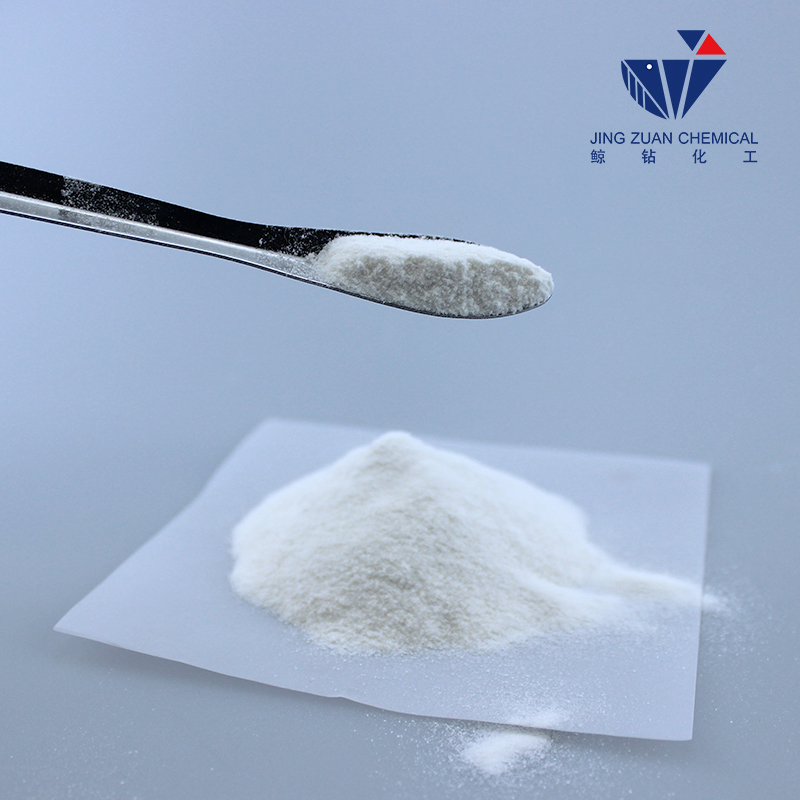
Oct . 14, 2024 13:40 Back to list
Hydroxyalkyl Cellulose Applications and Benefits in Modern Industrial Processes
Hydroxyalkyl Cellulose Versatile Polymer for Modern Applications
Hydroxyalkyl cellulose (HAC) is a non-ionic cellulose derivative that has gained considerable attention in various industries due to its unique properties and versatility. As a modified form of cellulose, HAC is derived from natural cellulose through a process of etherification, where hydroxyl groups on the cellulose backbone are replaced with hydroxyalkyl groups, such as hydroxyethyl or hydroxypropyl. This modification enhances its solubility in water, thermal stability, and functional properties, making it a valuable ingredient in numerous applications.
One of the primary characteristics of hydroxyalkyl cellulose is its water solubility. Unlike native cellulose, which is insoluble in water, HAC can easily dissolve in both cold and hot water, forming clear and viscous solutions. This solubility facilitates the use of HAC in various formulations, particularly in the pharmaceutical and cosmetic industries. For example, it is often used as a thickening agent in lotions, creams, and gels, where it helps achieve the desired texture and consistency. Additionally, HAC acts as a stabilizing agent in emulsions, preventing the separation of oil and water phases, which is crucial for the stability and efficacy of cosmetic products.
In the pharmaceutical realm, hydroxyalkyl cellulose is widely utilized in drug formulation. Its ability to modify the release rate of active ingredients makes it an essential component in controlled-release formulations. By adjusting the concentration of HAC in a dosage form, formulators can tailor the release profile of a drug to meet specific therapeutic requirements. Moreover, HAC is often used as a binder in tablet manufacturing, enhancing the mechanical strength and cohesiveness of the final product.
The food industry also capitalizes on the properties of hydroxyalkyl cellulose
. It serves as a thickener and stabilizer in various food products, including sauces, dressings, and dairy items. HAC contributes to improved mouthfeel and texture, enhancing the overall sensory experience for consumers. Furthermore, its ability to form gels allows for the creation of low-calorie and fat-reduced food products, as it can provide a desirable viscosity without the need for additional fats.hydroxyalkyl cellulose

Apart from these applications, hydroxyalkyl cellulose plays a significant role in the construction and paints industries. Its use as a thickening agent in cement-based products, adhesives, and paints helps improve workability and prevents sagging during application. HAC also enhances the water-retention properties of such materials, which is vital for achieving optimal performance and adhesion during curing.
The textile industry is another domain where hydroxyalkyl cellulose finds utility. It can be used as a sizing agent, providing fabrics with desirable qualities such as stiffness and durability. Additionally, HAC is employed in the dyeing process to improve the evenness of dye application, ensuring vibrant and uniform color across textile products.
As environmental sustainability becomes an increasingly important consideration, hydroxyalkyl cellulose stands out as a biodegradable and non-toxic polymer. Being derived from natural cellulose, HAC contributes to the growing demand for eco-friendly materials across various sectors. Its renewable origin and advantageous properties make it an attractive alternative to synthetic polymers, especially in applications where environmental impact is a concern.
In conclusion, hydroxyalkyl cellulose is a multifaceted polymer that boasts a wide array of applications across diverse industries, including pharmaceuticals, cosmetics, food, construction, textiles, and more. Its water-soluble nature, thickening capabilities, and versatility position it as a valuable ingredient in the formulation of various products. As research and technology continue to advance, the potential for innovative applications of hydroxyalkyl cellulose is bound to expand, solidifying its role as a key player in the shift towards sustainable and functional materials for the future.
-
Versatile Hpmc Uses in Different Industries
NewsJun.19,2025
-
Redispersible Powder's Role in Enhancing Durability of Construction Products
NewsJun.19,2025
-
Hydroxyethyl Cellulose Applications Driving Green Industrial Processes
NewsJun.19,2025
-
Exploring Different Redispersible Polymer Powder
NewsJun.19,2025
-
Choosing the Right Mortar Bonding Agent
NewsJun.19,2025
-
Applications and Significance of China Hpmc in Modern Industries
NewsJun.19,2025







